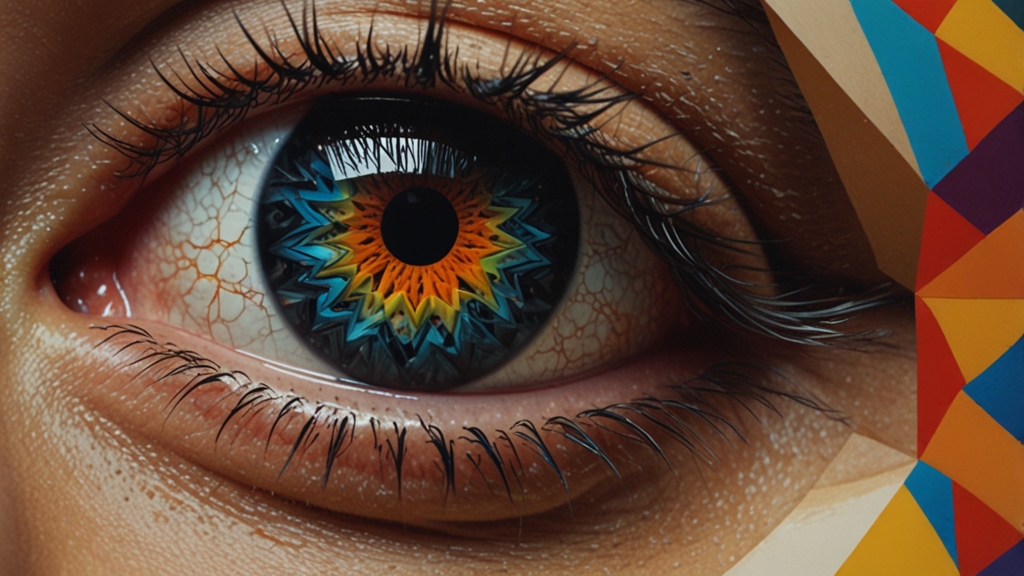The Crucifixion's Impact on Art and Culture Through the Ages
The crucifixion of Jesus Christ is one of the most significant events in Christian theology, symbolizing sacrifice, redemption, and humanity's relationship with the divine. This pivotal moment has influenced art and culture profoundly, inspiring countless masterpieces across various mediums and becoming a central theme in religious and secular contexts. From the early depictions in ancient catacombs to contemporary interpretations, the crucifixion has left an indelible mark on human creativity and expression.
Early Christian Art
In the earliest centuries of Christianity, the crucifixion was not frequently depicted. Early Christians in the Roman Empire often faced persecution, leading them to use symbolic and discreet imagery. Instead of direct representations of Jesus on the cross, early Christian art employed symbols such as the fish (Ichthys), the Chi-Rho, and the Good Shepherd. It was only after Christianity was legalized in the 4th century that the crucifixion began to appear more prominently in art.
One of the earliest known depictions of the crucifixion is found in the 5th-century wooden doors of the Basilica of Santa Sabina in Rome. These carvings illustrate the shift from symbolic representation to more literal portrayals of biblical events, reflecting the growing acceptance of Christianity within the Roman Empire.
The Middle Ages
The Middle Ages witnessed a significant evolution in the portrayal of the crucifixion. During this period, Christ's suffering became a focal point, emphasizing his dual nature as both divine and human. The Byzantine tradition, characterized by its iconic and somewhat abstract style, produced profound and deeply spiritual representations of the crucifixion. The Christ Pantocrator at the Monastery of St. Catherine in Sinai is a notable example of this period.
Meanwhile, in Western Europe, the Gothic period gave rise to increasingly realistic and emotional portrayals of the crucifixion. Artists such as Giotto di Bondone brought a newfound humanity and immediacy to their works, as seen in Giotto’s frescoes at the Scrovegni Chapel in Padua. The meticulous attention to detail and the emphasis on human emotion in these works were intended to evoke empathy and contemplation among viewers.
The Renaissance
The Renaissance marked a turning point in the depiction of the crucifixion, with artists striving to balance divine symbolism with human realism. This period celebrated humanistic ideals, and artists sought to portray biblical events with anatomical precision and emotional depth. Masters such as Michelangelo, Raphael, and Leonardo da Vinci created some of the most iconic crucifixion scenes, blending theological significance with artistic innovation.
Michelangelo’s "Pietà" and Leonardo’s "Last Supper" are prime examples of this fusion. Though not depicting the crucifixion directly, these works highlight the surrounding narrative and emotional gravity of Christ’s final days, offering viewers a profound sense of connection to the divine passion and sacrifice.
The Baroque and Beyond
During the Baroque period, the crucifixion scene was often characterized by dramatic intensity and theatrical compositions. Artists such as Peter Paul Rubens and Caravaggio embraced chiaroscuro and dynamic movement to convey the drama and emotional weight of Christ’s crucifixion. Rubens’ "The Elevation of the Cross" is a powerful example of this approach, capturing the physical strain and spiritual gravity of the event.
Baroque artists sought to engage the viewer’s senses, evoking a visceral response to the depicted narratives. They utilized light, shadow, and perspective to draw viewers into the scene and make them a part of the unfolding drama.
Modern and Contemporary Interpretations
In modern and contemporary times, the crucifixion continues to be a potent symbol, though interpretations vary widely. Some artists maintain traditional religious themes, while others explore broader concepts of suffering, injustice, and the human condition. Salvador Dalí’s "Christ of Saint John of the Cross," for instance, offers a surreal and transcendental vision of the crucifixion, diverging from classical representations to provoke deeper reflection.
In contemporary art, the crucifixion has also been reinterpreted to comment on current social and political issues. Artists like Andres Serrano, with his controversial "Piss Christ," challenge viewers to confront their perceptions and the commercialization of religious symbols.
The crucifixion remains relevant in the cultural discourse, serving as a versatile symbol that transcends religious boundaries to address universal themes of suffering, redemption, and human vulnerability.
Conclusion
The crucifixion of Jesus Christ has undeniably shaped art and culture throughout history. Each era's artistic interpretations reflect changing theological perspectives, cultural values, and human experiences. From its discreet beginnings in early Christian art to its bold reimaginings in contemporary times, the crucifixion continues to inspire and challenge artists and audiences alike, asserting its lasting significance in the human story.










